Lightweight concrete is a special concrete which includes an expanding agent that increases the volume of the mixture while giving additional qualities such as nailbility and lessened the dead weight. The main specialties of lightweight concrete are its low density (300 kg / m3 to 1850 kg / m3) and thermal conductivity.
Due to lightweight and high strength to mass ratio their use results in lesser steel consumption.
Here we will learn about Lightweight concrete, types of foam concrete, advantages & disadvantages of lightweight concrete.
Introduction to lightweight concrete:
Light concrete is made of lightweight aggregate, it is also called foam concrete.
Since this cement consists of lightweight aggregates, it is used in coarse aggregates and sand, clay, foamy slag, clinker, and crushed stone, aggregates of organic and inorganic.
This concrete saves 15 to 20 % in the cost of construction of floors and roofs.
Principle behind lightweight concrete:
The basic principle behind making lightweight concrete is by inducing air in the concrete.
To achieve the above principle practically, there are three totally different methods:
- By changing conventional mineral aggregates by cellular porous aggregates. (Light-weight aggregates concrete).
- By including air or gas bubbles into concrete (Aerated concrete).
- By excluding sand from concrete (No fines concrete).
Properties of lightweight concrete:
– This cement is lighter because of ‘fly ash‘ as aggregate.
– A massive amount of custom mixes from 1000 psi of soil cement to 50,000 psi of tower concrete.
– There are concrete sailboats (Ferrocement) and foam concrete canoe.
– Different aggregates have different colours.
– Permeability, strength, durability, aesthetics are just some of the requirements.
Types of Foam Concrete:
Aerated concrete:
Aerated concrete is produced from cement or lime, silica sand, and sometimes pozzolanic materials and classified as foam concrete.
The aerated concrete means having a large number of air bubbles, these bubbles are created to reduce the concrete’s density and provide excellent thermal insulation.
Air is entrapped artificially by chemical (metallic powders like Al, Zn, H2O2 used as gas-producing agent) or mechanical (hydrolyzed protein or resin soaps used as a foaming agent) means.
The air pores in aerated concrete are usually 0.1 to 1 mm in diameter.
Based on the method of pore-formation, it is classified into three groups:
Entraining method (gas concrete), foaming method (foamed concrete), and combined method.
Lightweight Aggregate Concrete:
This concrete can be produced with a variety of foam concrete aggregates.
They are produced by natural materials or raw materials like clay, slate, or shale.
They are manufactured from industrial by-products such as fly ash or pelletized expanded slabs, i.e., pelite.
The best type of lightweight aggregate will affect the required properties.
If high thermal insulation properties are required then a lightweight, weak aggregate can be used, it results in relatively low strength concretes.
No Fine Concrete:
It is a lightweight concrete consisting of coarse aggregate, cement, and water, without any fine aggregates.
The density of concrete is about 2/3 that of dense concrete, constructed with the same set.
The compressive strength of concrete without any concrete is 5 N / mm2 to 15 N / mm2 & bonding strength of no-fine concrete is low.
The cement/aggregate ratio by volume ranges from 1:6 to 1:8.
For drainage layers ratio should be 1:10, it is placed within 20 minutes after mixing, otherwise, the workability of concrete gets reduced.
And it is not suitable for reinforced concrete structure due to low bonding strength.
It is suitable for the foundation due to its high water absorption properties.
Structural lightweight concrete:
This concrete is made with a rotary kiln to form lightweight structural aggregates, which reduces weight and durability problems in buildings and vulnerable structures.
This structural foam concrete has higher strength than ordinary weight concrete, it is typically 25% to 35% lighter.
Advantages of lightweight concrete:
- This concrete reduces the dead load due to less density.
- No segregation and capillary movement of water because of the absence of fine aggregate.
- It has better insulation properties than conventional concrete.
- It has good sound insulation.
- Produce low-cost concrete due to lower cement content.
- It is eco-friendly due to the clinker, fly ash, slag.
- It has low drying shrinkage.
- Also has excellent drainage properties due to its open texture.
- It has low formwork pressure.
Disadvantages of lightweight concrete:
- This concrete is susceptible to water content in the mixture.
- Cement mixtures have difficulty in placing and finishing.
- In some combinations, the porosity and angularity of the holes, the aggregates separate and float towards the surface.
- The mixing time is longer than conventional concrete to achieve proper mixing.
Applications of Foam Concrete:
– In load-bearing masonry wall using cellular concrete blocks.
– Also precast floor and roofs.
– In partition wall in residential, institutional buildings.
– In insulation cladding to exterior walls of all types of construction.
Lightweight Concrete vs. Normal Weight Concrete:
| Normal Weight Concrete | Lightweight Concrete |
| A normal weight concrete is going to be about 140 to 150 pounds per cubic foot | A lightweight concrete is going to be about 90-115 pounds per cubic foot. |
| Normal weight concrete has lower water content. | Lightweight concrete has higher water content. |
| Projects made with normal-weight concrete require additional materials for framing, cladding, and a steel reinforcement that ultimately increasing overall costs. | LWC remains a cost-effective building material especially for large projects. |
Also read: Autoclaved Aerated Concrete, Geopolymer Concrete & Ready Mixed Concrete
Conclusion:
The compressive strength value compared to the replacement of coarse aggregates and standard concrete by pumice have different percentages (50%, 60%, and 70%).
The maximum value attained is 60% replacement by pumice with coarse aggregate.
This lightweight concrete is used in precast buildings with no load-bearing wall sections.

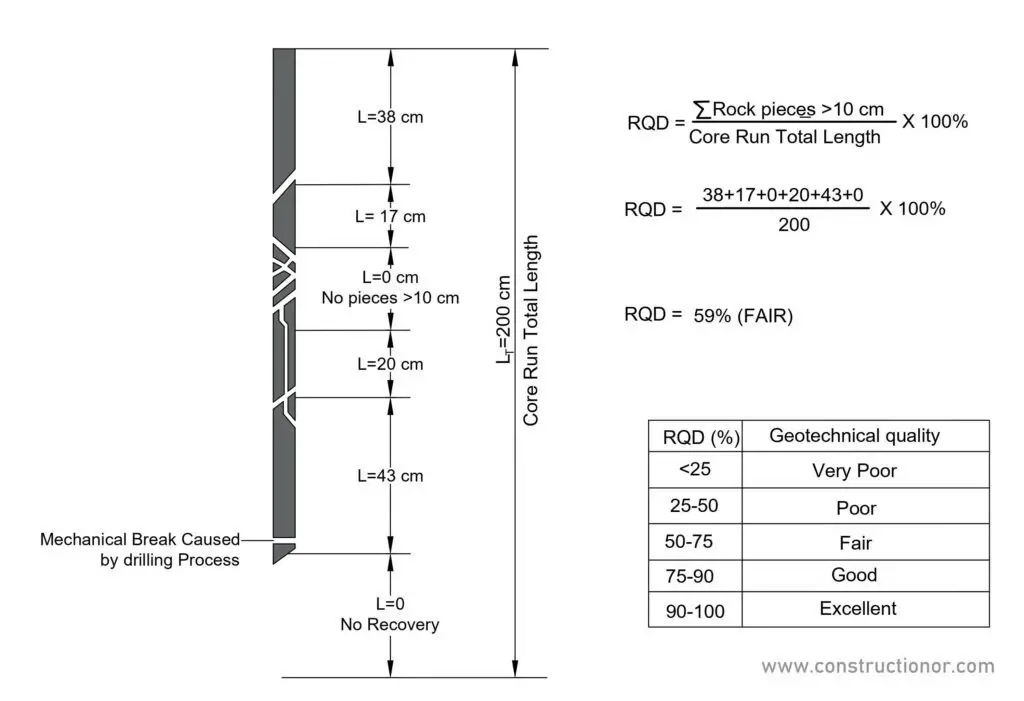



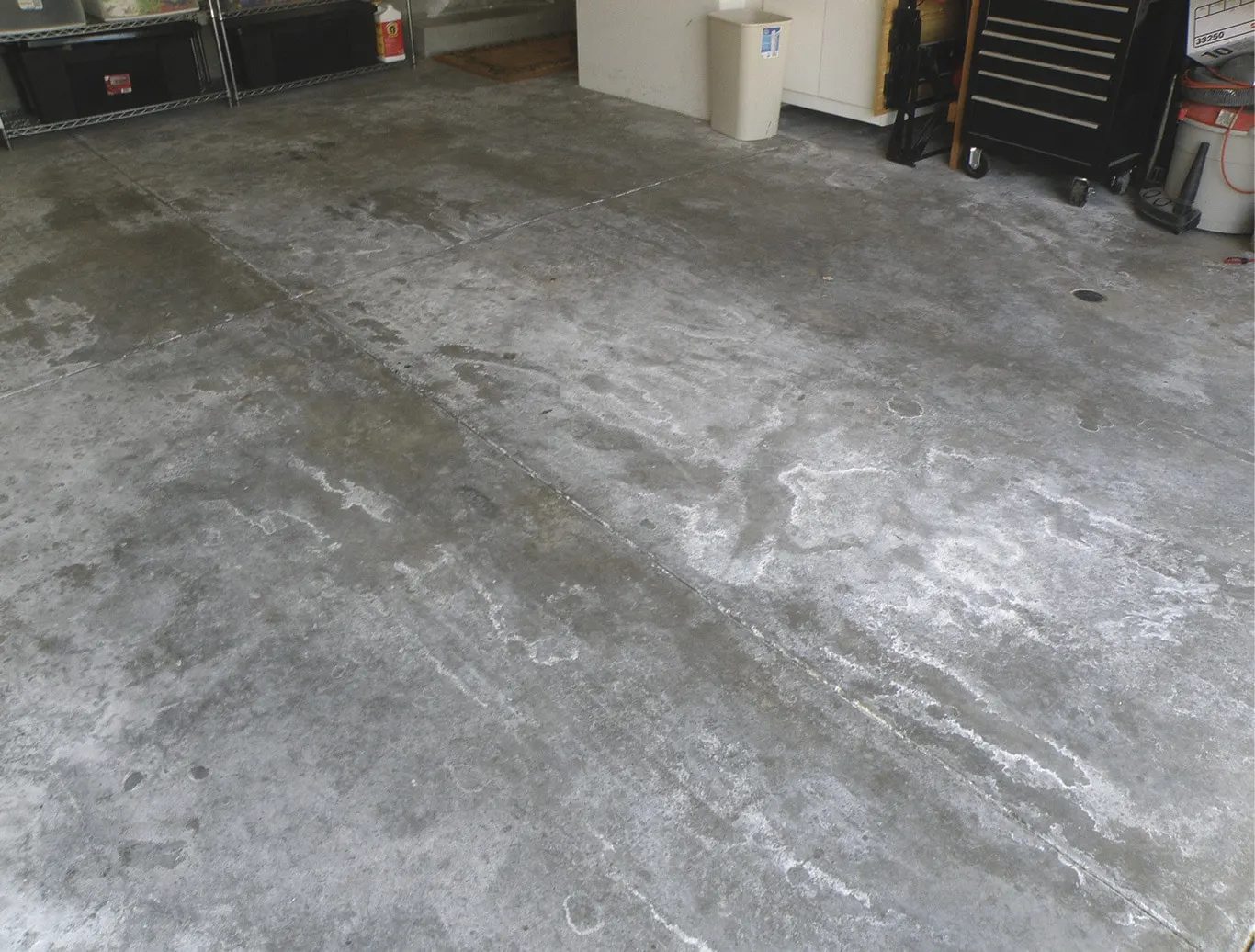
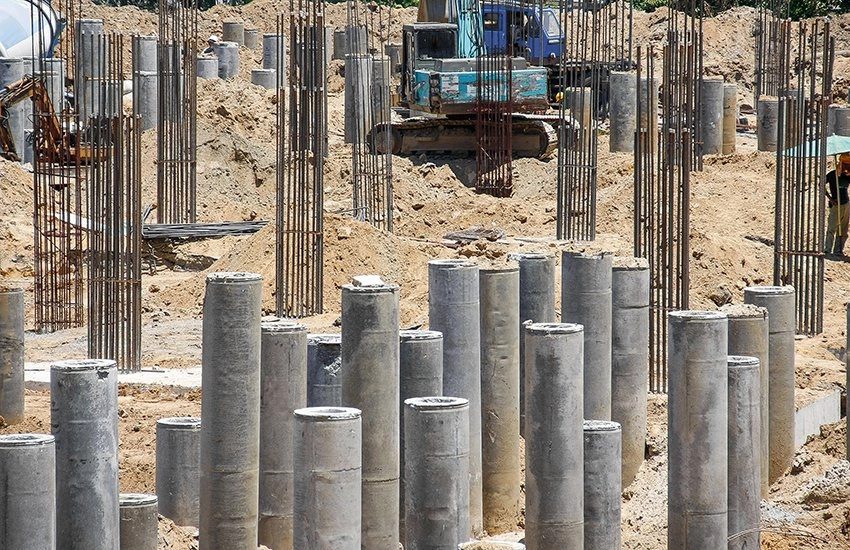

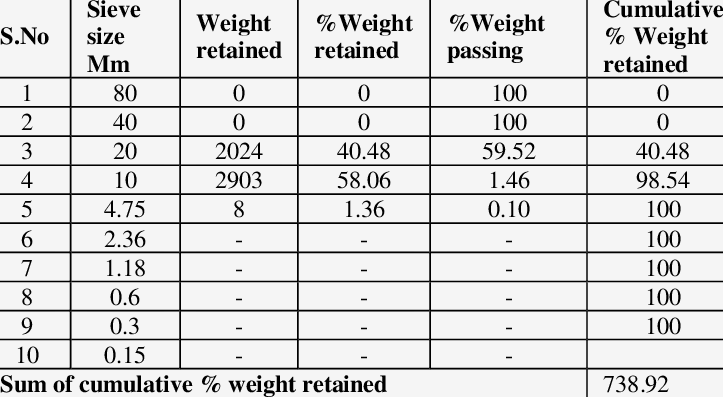
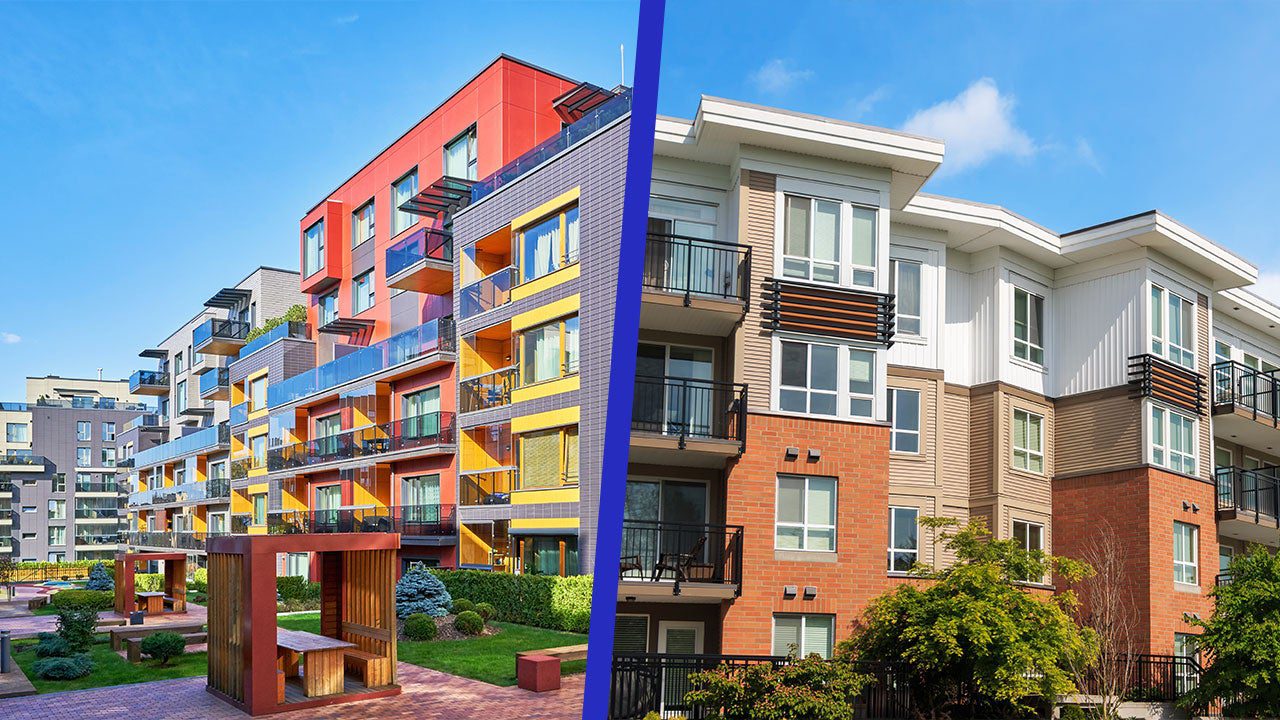
Indeed,a very great job
thanks for sharing the useful info related to aac blocks weight .
Thank you, your content is helpful and well-detailed. Looking forward to more content.